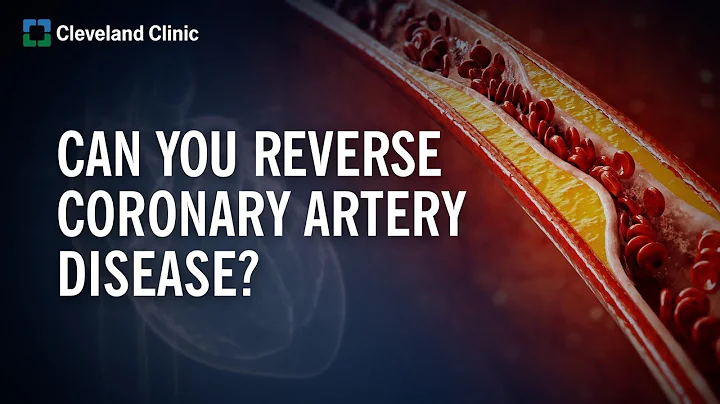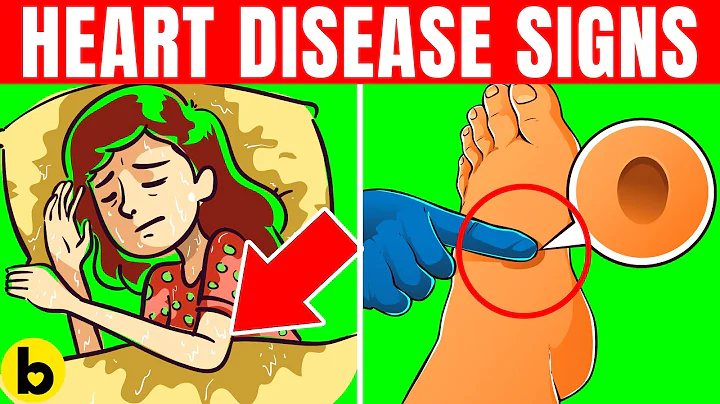what is angina ?
Angina is chest pain that occurs when not enough blood flows to a part of the heart. It feels like a heart attack, with pressure or squeezing in the chest. It is sometimes called angina or ischemic chest pain.
This is a symptom of heart disease, which occurs when something blocks your arteries or there isn't enough blood flow in the arteries to carry oxygen-rich blood to your heart.
Angina usually goes away quickly. However, it can be a sign of life-threatening heart problems. It's important to find out what's happening and what you can do to avoid a heart attack.
Usually, medications and lifestyle changes can control angina. If the condition is more severe, you may also need surgery. Or you may need what's called a stent, a small tube that supports an open artery.

There are different types of angina:
Stable angina . This is the most common. Physical activity or stress can trigger it. It usually lasts a few minutes and goes away when you rest. This is not a heart attack, but it may be a sign that you are more likely to develop one. If this happens to you, tell your doctor.
unstable angina . You can use it when you are taking a break or when you are not very active. The pain can be intense and long-lasting, and may come back again and again. This could be a sign that you're about to have a heart attack, so seek medical attention immediately.
Microvascular angina. With this type, you have chest pain but not coronary artery blockage. Instead, it happens because your smallest coronary arteries are not working the way they should, so your heart isn't getting the blood it needs. Chest pain usually lasts more than 10 minutes. This type is more common in women.
Prinzmetal Angina pectoris (variant angina). This type is rare. It may occur at night while sleeping or resting. The arteries in your heart suddenly tighten or narrow. It causes a lot of pain and you should treat it.
Angina pectoris symptoms
Chest pain is a symptom, but it affects people differently. You may have:
- Pain
- Burning
- Uncomfortable
- Dizziness
- Fatigue
- Fullness in the chest
- Feeling heavy or stressed
- Upset stomach or vomiting
- Shortness of breath
- squeezing
- sweating
You may mistake pain or burning for Is it heartburn or bloating .
You may feel pain behind your breastbone that spreads to your shoulders, arms, neck, throat, jaw, or back.
Stable angina usually gets better with rest. Unstable angina may not get better and may get worse. This is an emergency and requires immediate medical attention.

Angina in Women vs. Men
Men often experience pain in the chest, neck, and shoulders. Women may experience discomfort in their abdomen, neck, jaw, throat, or back. You may also experience shortness of breath, sweating, or dizziness.
One study found that women were more likely to use the words "oppressive" or "overwhelming" to describe the feeling.
Angina pectoris causes
Angina pectoris usually occurs due to heart disease. Fatty material called plaque can build up in your arteries, blocking blood flow to your heart muscle. This forces your heart to work with less oxygen to and . This can cause pain. You may also have blood clots in the arteries of your heart, which can lead to a heart attack.
Less common causes of chest pain include:
- Blockage of the large arteries in the lungs (pulmonary embolism)
- Enlargement or thickening of the heart ( Hypertrophic cardiomyopathy )
- Narrowing of the valves in the main part of the heart ( Aortic stenosis )
- Heart A surrounding cyst (pericarditis)
- A tear in the wall of the aorta, the largest artery in your body (aortic dissection)

Angina risk factors
Some things about you or your lifestyle may put you at higher risk for angina, Includes:
- Older age
- Family history of heart disease
- High blood pressure
- High cholesterol
- Diabetes
- Obesity
- Stress
- Using tobacco
- Not getting enough Exercise
Angina Diagnosis
Your doctor will perform a physical exam and ask you about your symptoms, risks factors and family history. They may need tests including:
- EKG. This test measures your heart's electrical activity and rhythm.
- stress test. This checks how your heart is working while exercising.
- blood test. Your doctor will check for proteins called troponin . Many of them are released when your heart muscle is damaged, such as during a heart attack. Your doctor may also order more general tests, such as a metabolic panel or a complete blood count (CBC).
- imaging test. A chest X-ray can rule out other factors that may be causing chest pain, such aspulmonary disease. Echocardiograms, CT and MRI scans can create images of your heart to help your doctor detect problems.
- cardiac catheterization. Your doctor inserts a long, thin tube into an artery in your leg and then threads it into your heart to check your blood flow and pressure.
- coronary angiography . Your doctor injects a dye into the blood vessels of your heart. The dye appears on the X-ray, creating an image of the blood vessels. They may perform this procedure during a cardiac catheterization.

Lifestyle Changes
You can still stay active, but it's important to listen to your body. If you feel pain, stop what you are doing and rest. Learn what triggers angina, such as stress or strenuous exercise. Try to avoid things that tend to trigger it. For example, if large meals are causing problems, eat smaller meals more often. If you still have pain, talk to your doctor about getting more tests or changing your medications. Because angina can be a sign of something dangerous, it's important to get it checked out.
These lifestyle tips may help protect your heart:
If you smoke, stop. It can damage your blood vessels and increase your risk of heart disease.
Eat a heart-healthy diet to lower blood pressure and cholesterol levels. When these are outside of normal ranges, your chances of developing heart disease increase. Eat mostly fruits and vegetables, whole grains, fish, lean meats, and fat-free or low-fat dairy products. Limit salt, fat and sugar intake.
Use stress-relieving techniques such as meditation, deep breathing, or yoga to relax.
Exercise most days of the week.
Go to the doctor regularly.
If you have new or unusual chest pain and you think you may have a heart attack, call 120.






















